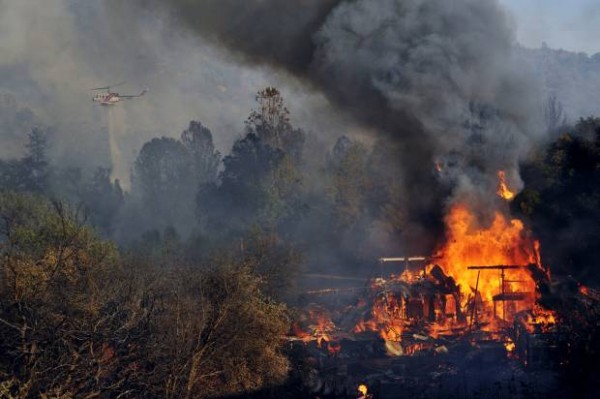Amazing climate like the dry spell presently burning the western US and the decimating surges in Pakistan in 2010 is getting to be a great deal more basic, as indicated by new investigative exploration.
The work demonstrates supposed “blocking examples”, where hot or wet climate stays stuck over a district for weeks bringing on heatwaves or surges, have multiplied in summers in the course of the most recent decade. The new study might likewise exhibit a connection between the UK’s late surge doused winter and environmental change.
Atmosphere researchers in Germany recognized that since 2000 there have been an “outstanding number of summer climate extremes, some bringing on gigantic harm to society”. So they analyzed the immense wanders in the abnormal state plane stream winds that overwhelm the climate at mid-scopes, by examining 35 years of wind information amassed from satellites, boats, climate stations and meteorological inflatables.

They found that blocking examples, which happen when these winds ease off, have happened much all the more habitually.
“Since 2000, we have seen a bunch of these occasions. At the point when these high-elevation waves get to be semi stationary, then we see more compelling climate at the surface,” said Dr Dim Coumou, at the Potsdam Institute for Climate Impact Research. “It is particularly detectable for hotness extremes.”
The extreme heatwaves in Russia in 2010, which saw 50,000 individuals bite the dust and the wheat harvest hit hard, and in western Europe in 2003, which saw 30,000 passings, were both the consequence of blocking examples. The Intergovernmental Panel on Climate Change closed in 2011 that amazing climate would get to be more normal as a dangerous atmospheric devation warms the planet, bringing on both heatwaves and progressively serious downpour storms.
The ascent in blocking examples corresponds nearly with the additional warming being conveyed to the Arctic by environmental change, as indicated by the exploration which is distributed in the diary Proceedings of the National Academies of Science (PNAS).
Coumou and his associates contend there are great physical motivations to think there is a causal connection, on the grounds that the plane streams are determined by the contrast in temperature between the shafts and the equator. As the Arctic is warming more rapidly than lower scopes, that temperature contrast is declining, giving less vitality to the plane stream and its wanders, which are called Rossby waves.
Prof Ted Shepherd, an atmosphere researcher at the University of Reading, UK, however not included in the work, said the connection between blocking examples and great climate was extremely entrenched. He included that the expanding recurrence indicated in the new work demonstrated environmental change could bring fast and emotional progressions to climate, on top of a progressive warming of the planet.
“Course changes can have significantly all the more non-straight impacts. They may do nothing for some time, then there may be an administration change.”
Shepherd said connecting the ascent in blocking occasions to Arctic warming remained “a bit theoretical” at this stage, specifically on the grounds that the contrast between temperatures at the shafts and equator is most purported in winter, not summer. Anyway he noted that the progression of storms that brought on England’s wettest winter in 250 years was a “decent illustration” of blocking examples creating compelling climate amid the coldest season.
“The plane stream was stuck in one position for a long period, so an entire arrangement of storms disregarded England,” he said.
Coumou acknowledges his study shows a correlation – not causation – between more frequent summer blocking patterns and Arctic warming. “To show causality, computer modelling studies are needed, but it is questionable how well current climate models can capture these effects,” he said.

